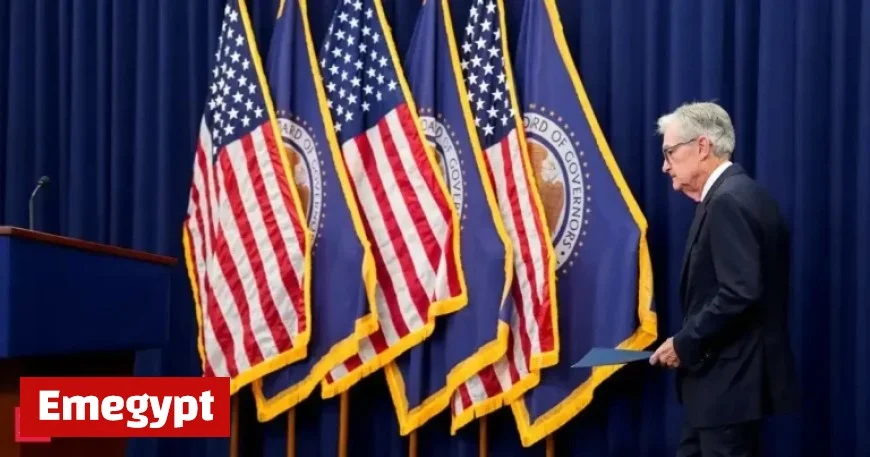Fed Injects $125 Billion into Banks Over 5 Days: What’s Happening?

The Federal Reserve has recently made a significant move by injecting $125 billion into the U.S. banking system within five days. This action marks its most substantial short-term liquidity intervention since the COVID-19 crisis of 2020.
Details of the Fed’s Liquidity Injection
On October 31, the Fed aided banks by providing $29.4 billion through overnight repurchase agreements (repos). This strategy allows banks to exchange U.S. Treasuries for cash, aimed at alleviating funding stress. Currently, bank reserves are at a four-year low of $2.8 trillion, highlighting the necessity of this liquidity boost.
Market Reactions and Implications
- The Fed’s recent infusion is perceived as “stealth easing,” aimed at stabilizing the banking sector.
- Market predictions now suggest a 67% likelihood of a rate cut in December.
- This cash flow promotes risk assets like cryptocurrencies, though analysts warn not all liquidity increases will boost crypto prices.
Despite this significant cash influx, the Fed’s intention is to maintain short-term stability rather than trigger extensive market growth. The interplay between liquidity and inflation control remains a focal point for the Fed as it navigates complex economic conditions.
Current Challenges in the Financial System
The necessity for the Fed’s intervention arises from declines in bank reserves, which have plummeted from approximately $3.3 trillion earlier in the year to $2.8 trillion. This lack of liquidity restricts banks’ ability to manage daily operations effectively.
- The short-term funding markets are under stress, heightening concerns over liquidity.
- Quantitative tightening and heavy Treasury debt issuance contribute to the tight cash flow.
The Fed’s liquidity injection of $125 billion plays a crucial role in preventing financial instability, allowing banks to meet daily demands without selling assets hastily.
Future Outlook
Looking ahead, several factors will be critical to monitor:
- Bank reserves and their trends.
- Short-term funding rates, particularly in the repo markets.
- Federal Reserve communications regarding liquidity levels and potential policy adjustments.
- Government Treasury issuance and its impact on bank liquidity.
Although the Fed’s current strategy focuses on preventing crises, ongoing challenges with liquidity could necessitate further actions. As the situation develops, the financial system’s ability to absorb shocks will remain a key concern for investors and policymakers alike.




























